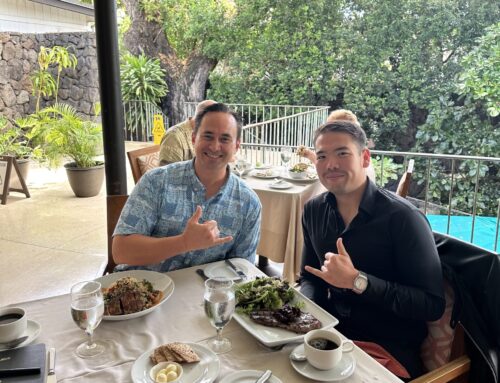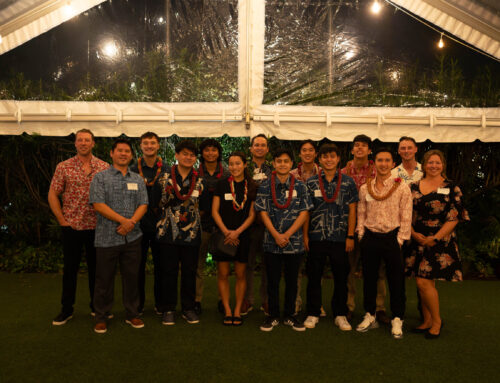The administrative work needed to get a scholarship from donor to recipient is incredibly taxing. It requires an extraordinary effort to sort through applications, interview suitable candidates, and firmly decide on the final recipients. Finding the best workflow is critical in balancing the numerous responsibilities associated with the scholarship process. Broadly speaking, three workflow models are used: analog, hybrid, and digital.
The Analog Workflow
The tried-and-true analog workflow has been around the longest of any method. In this, everything is recorded on paper. This includes, but is not limited to:
- Informational packets are printed and sent out to prospective applicants via fax or mail.
- All application materials — essays, transcripts, forms — are printed out and sent to the scholarship office for processing.
- Copies of everything are made as needed for review. Depending on the scale of the organization, this could number in the hundreds.
This is the only method that predates mass digitization. Several organizations founded before computers were ubiquitous continue to use it, as replacing their existing infrastructure would be more costly than working within its constraints.
However, it has largely fallen out of favor for larger organizations because of the immense strain on resources. Needing to handle, copy, and store every step of the application process is costly and labor-intensive.
Consequently, as more and more of the workforce becomes computer literate, we may see this workflow entirely phased out.
The Hybrid Workflow
The hybrid workflow seeks to keep the best aspects of the analog workflow while simultaneously embracing the gains of a digital one. In this model:
- Correspondence is done via mail and email. For example, printed informational packets may be sent out, but applications may be handled digitally.
- Applications are mostly digitized. In some cases, documents like a letter of recommendation or transcript may require a physical copy.
- Physical copies can be made available for reviewers who request them, but it is not strictly necessary.
In theory, the hybrid model is meant to be the best of both worlds. By retaining physical copies, individuals who are not experienced with computers will not need a radical re-adjustment to digital-only processes. At the same time, much of the work from an analog-only workflow is eliminated in a hybrid model.
The most significant disadvantage of a hybrid workflow is that it is typically the most complex. Especially in administrations using redundant systems — for instance, accepting applications physically and digitally — it can become challenging to keep track of materials.
This can lead to issues where critical information is lost, or administrative errors are made. In a worst-case scenario, applications can be lost or forgotten.
The Digital Workflow
The digital workflow is exactly what it sounds like: an administrative method that is entirely digital. Notable aspects of it include:
- Application materials are placed on a website or sent out via email or text.
- Applications are sent in through digital programs.
- The review process is entirely handled on a digital device.
We have found that models that embrace the digital workflow typically have the most smooth and organized infrastructure. It is easy to find and filter applications, as they are hosted in an organized, indexable database. Additionally, because everything is handled digitally, physical print and labor costs are significantly reduced.
The major problem with an entirely digital workflow is that it requires a level of tech-savvy that workforces are not uniformly equipped to handle. Even if they could run it, many people would struggle to build and maintain an effective digital structure.
That said, various digital systems can mitigate these issues. For instance, services like Scholar’s App handle much of the administrative workload through an automated digital architecture. This includes reaching out to applicants, accepting and indexing applications, and making them easily accessible to donors.
Because the core issue with going completely digital is lack of experience, we encourage anyone looking to experiment with it to reach out to us on our site. With much of the work automated, you can dedicate most of your time to reviewing, selecting, and congratulating applicants.



